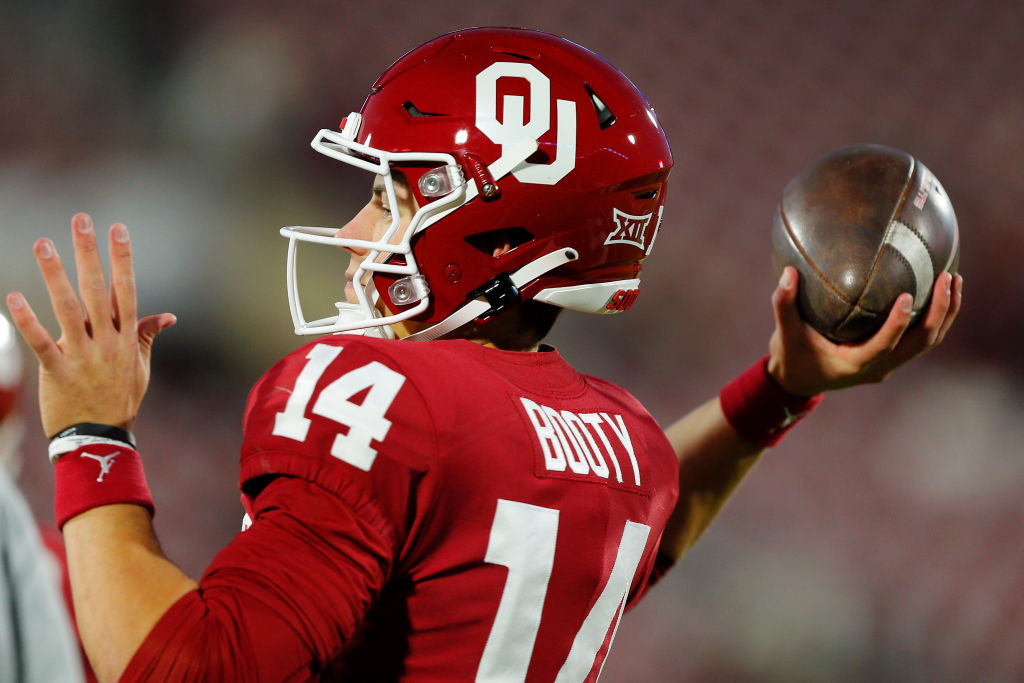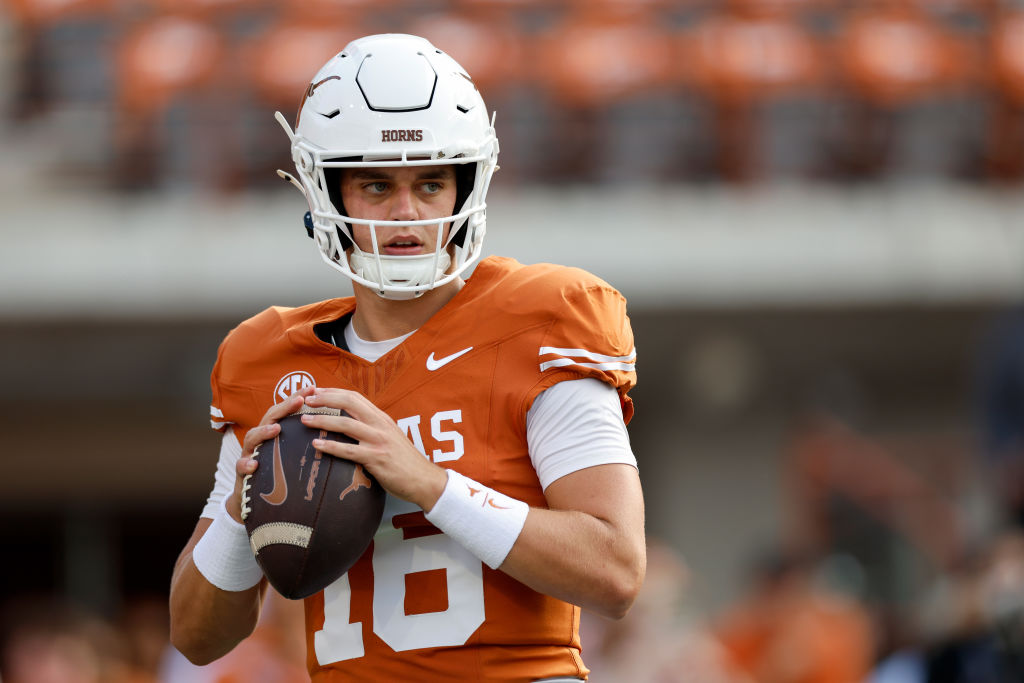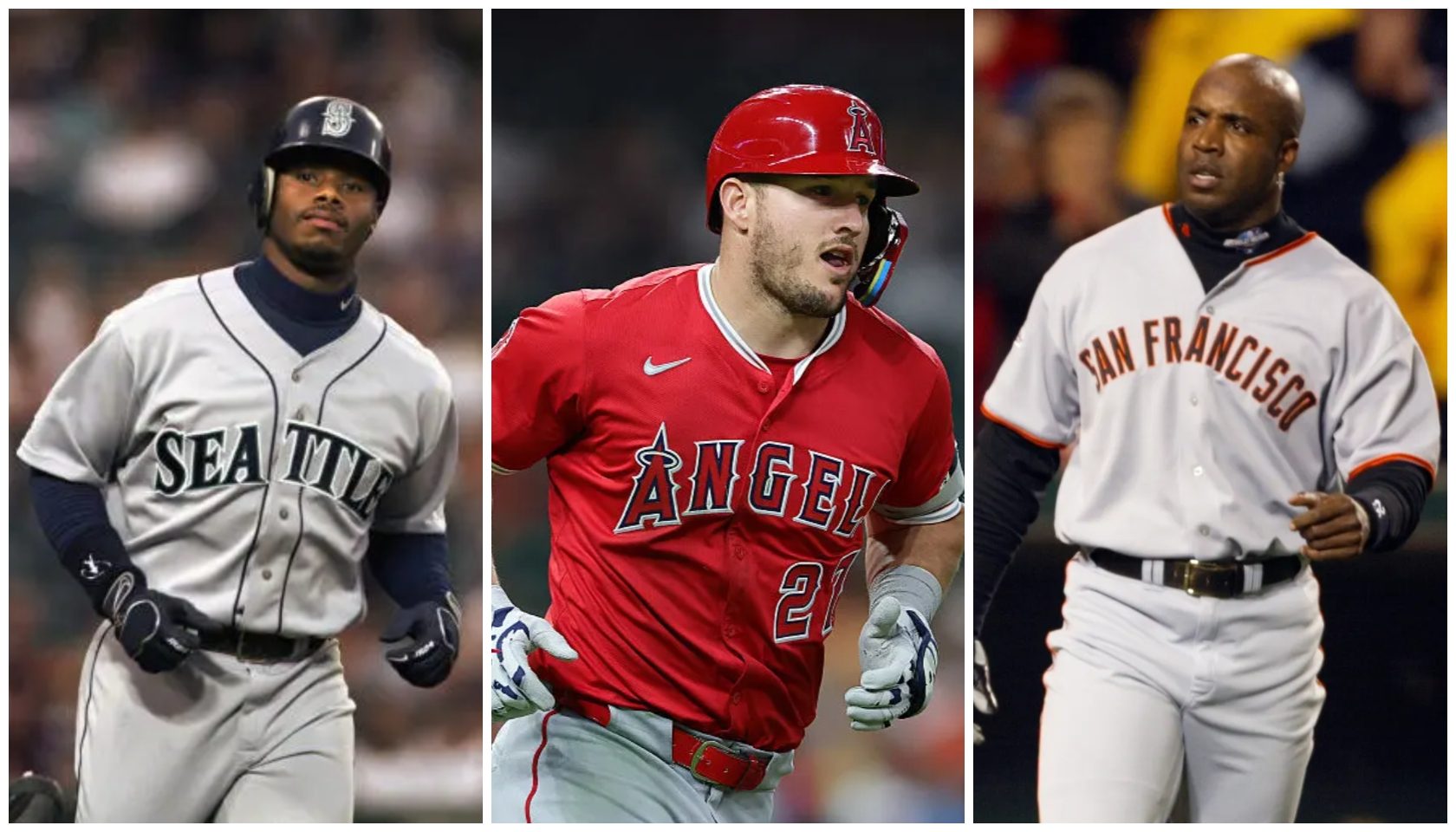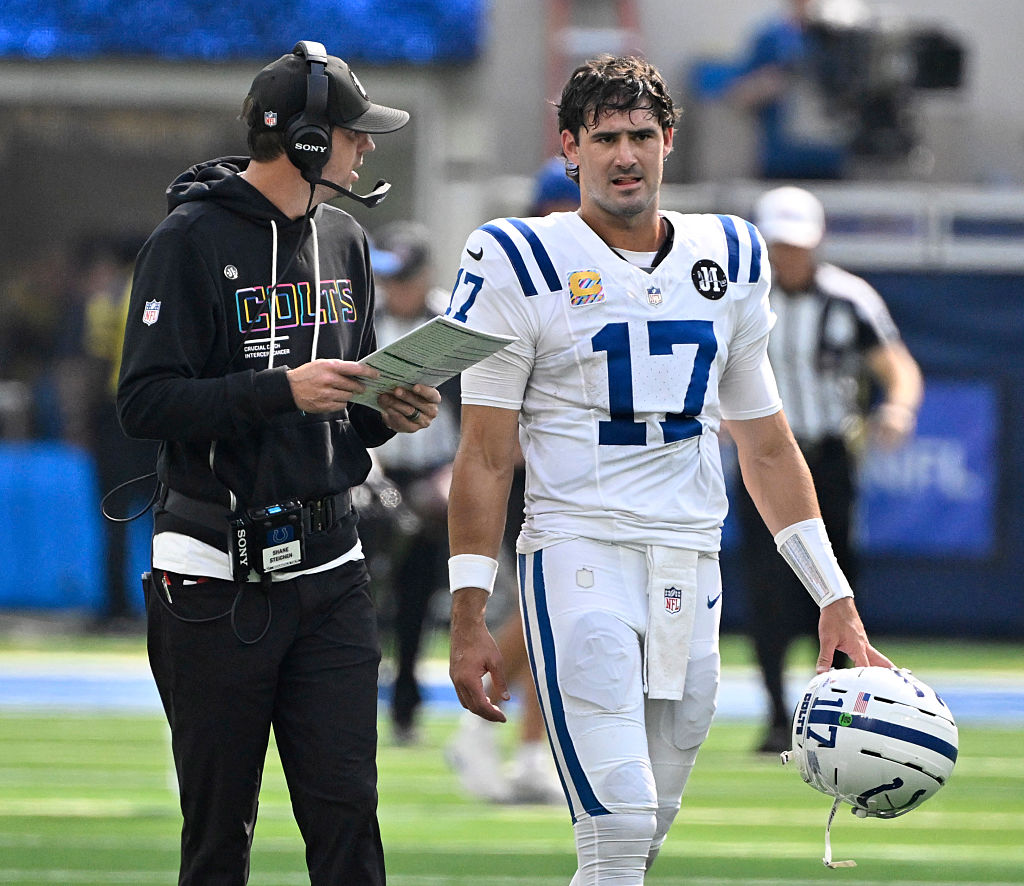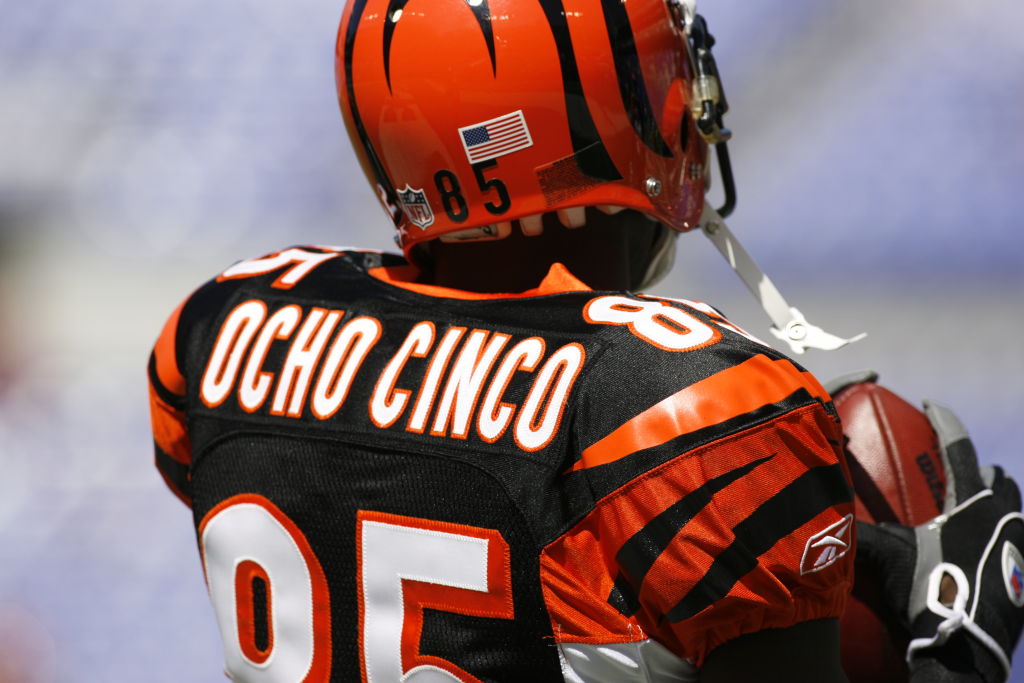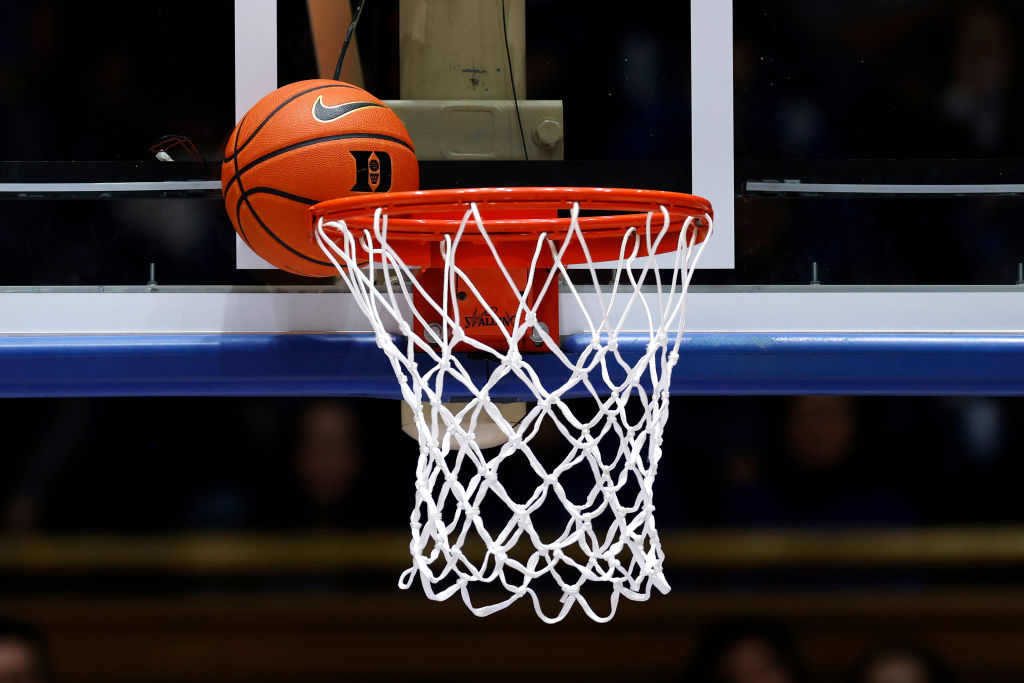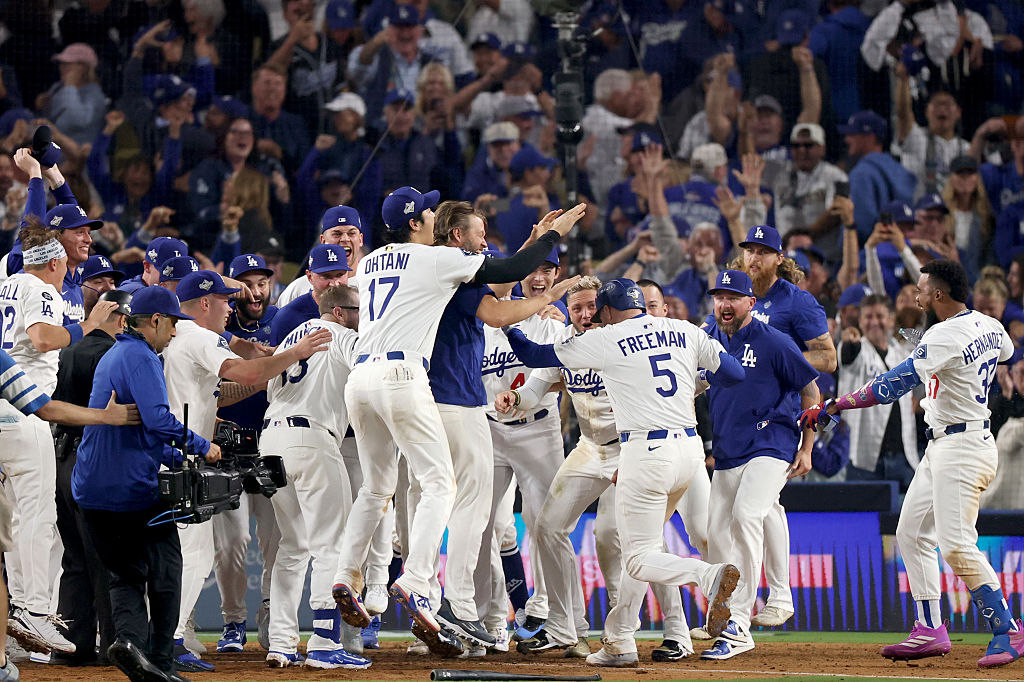100 Baseball Phrases You Will Hear at a Ballpark (and What They Mean)

100 Baseball Phrases You Will Hear at a Ballpark (and What They Mean)
Baseball has its own unique language, and if you’re new to the sport, it could feel like deciphering a foreign dialect.
But don’t worry!
Here’s a list of 100 common baseball terms and phrases you might hear at a ballpark, along with simple explanations for each.
By the end, you’ll be a pro at understanding the chatter on and off the field.
RELATED | Top 20 Funniest Names In MLB History
1-20: The Basics
- Strikeout – When a batter gets three strikes and is out.
- Ball – A pitch outside the strike zone that the batter doesn’t swing at.
- Walk – When a batter gets four balls and advances to first base for free.
- Home Run – When a batter hits the ball out of the park and scores automatically.
- Grand Slam – A home run hit when bases are loaded, bringing in four runs.
- Base Hit – Any hit that lets the batter safely reach a base.
- Single – A hit where the batter makes it safely to first base.
- Double – A hit where the batter reaches second base.
- Triple – A hit where the batter makes it to third base.
- At-Bat – The official turn of a player trying to hit the ball.
- Run – A point scored by a team when a player completes a circuit around the bases and reaches home.
- Out – When a player is removed from gameplay. Each team gets three outs per inning.
- Foul Ball – A ball hit outside the designated fair territory.
- Pop Fly – A ball hit high in the air that’s caught for an out.
- Ground Ball – A ball hit on the ground rather than in the air.
- Line Drive – A ball hit sharply and directly in a straight line.
- Strike Zone – The area over home plate where a pitch must pass for a strike.
- Full Count – When a batter has three balls and two strikes in their at-bat.
- Pitcher – The player who throws the ball to the batter.
- Catcher – The player positioned behind home plate to catch pitches.
21-40: Defensive Terms
- Double Play – When two outs are achieved on a single play.
- Triple Play – When three outs are made on one play (very rare).
- Tag Out – When a player is touched with the ball while off a base.
- Force Out – An out made by touching a base before the runner gets there.
- Error – A mistake by a defensive player that allows a runner to advance.
- Cutoff Man – A fielder who intercepts a throw from the outfield.
- Relay Throw – A throw made by one player to another to quickly get the ball to its destination.
- Pickoff – When the pitcher throws to a base to get a runner out.
- The Hot Corner – A nickname for third base due to the number of hard-hit balls sent there.
- Web Gem – A spectacular defensive play.
- Gold Glove – An award given to the best defensive players each year.
- Shift – When infielders or outfielders reposition based on the hitter’s tendencies.
- Fly Out – When a batter is out because an outfielder catches a fly ball.
- Caught Looking – A strikeout where the batter doesn’t swing at the third strike.
- Pick Six – A rare play where a team completes six fielding outs.
- Framing the Pitch – When the catcher moves their glove slightly to make a pitch look like a strike for the umpire.
- Run-down – When a runner is caught between two bases during a defensive play.
- Glove Work – A phrase for excellent defensive skills, especially fielding.
- Saving a Double – When an outfielder prevents a ball from turning into a double.
- Gap – The spaces in the outfield between fielders.
41-60: Batting Phrases
- Batting Average – A statistic that tracks how often a batter gets a hit.
- Slugging Percentage – A measure of batting power based on hit types.
- On-Base Percentage – Tracks how often a batter gets on base via a hit, walk, or hit by pitch.
- Choking Up – A batter grips the bat higher for better control.
- Bunting – When a batter lightly taps the ball instead of swinging.
- Hitting for the Cycle – When a player hits a single, double, triple, and home run in one game.
- Pinch Hitter – A player who bats in place of another.
- Cleanup Hitter – The fourth batter in the lineup, known for their power.
- Leadoff Hitter – The first batter in the lineup.
- Contact Hitter – A batter who focuses on making consistent hits instead of power.
- Taking the Pitch – When a batter chooses not to swing at the pitch.
- Chasing a Pitch – Swinging at a bad pitch outside the strike zone.
- Switch Hitter – A batter who can hit from both the left and right side of the plate.
- Broken Bat – When the bat breaks as the batter hits the ball.
- Check Swing – When a batter starts to swing but stops halfway.
- Opposite Field Hit – A hit to the side of the field opposite the batter’s stance.
- Tee Off – Hitting the ball hard and far, like hitting off a tee.
- Back-to-Back – Two consecutive home runs by batters.
- Frozen Rope – A line-drive hit so hard it looks like a straight rope.
- On Deck – The next batter in line.
61-80: Game Strategies
- Sacrifice Fly – A fly ball caught for an out, but allows a runner to score.
- Sacrifice Bunt – A bunt that intentionally gets the batter out but advances a runner.
- Hit and Run – A strategy where the runner begins running before the batter swings.
- Squeeze Play – A bunt designed to bring a runner home from third base.
- Intentional Walk – When the pitcher purposely throws four balls to walk a batter.
- Pitching Duel – A game dominated by strong pitching from both teams.
- Loaded Bases – When runners occupy every base.
- Stealing Signs – Illegally observing signals from the opposing team.
- Fastball – A pitch thrown at high speed.
- Breaking Ball – A pitch that curves or moves unpredictably.
- Off-Speed Pitch – A slower pitch designed to trick a batter.
- Wild Pitch – A pitch that’s too high or wide for the catcher to stop.
- Passed Ball – A pitch that the catcher should have caught but didn’t.
- Bullpen – The area where relief pitchers warm up.
- Closer – A relief pitcher who finishes the final inning.
- Starter – The pitcher who begins the game.
- Ace – The best pitcher on the team.
- Reliever – A substitute pitcher who comes in after the starter.
- Setup Man – The pitcher who comes before the closer.
- Mound Visit – When the coach or catcher talks to the pitcher.
81-100: Fun and Fan Terms
- Seventh-Inning Stretch – A break where fans stand, stretch, and sometimes sing.
- Walk-Off Home Run – A home run that ends the game.
- Rally Cap – Fans turn their hats inside out to encourage a comeback.
- Pine Tar – A sticky substance batters use for grip.
- Warning Track – The dirt area before the outfield fence.
- Hit the Corner – A pitch on the edge of the strike zone.
- Bat Flip – When a batter flips their bat after a hit to celebrate.
- Beanball – A pitch that hits the batter.
- Cyclone – Another name for a curveball.
- Hot Dog – A flashy or showy player.
- Duck Snort – A weak hit that lands just beyond the infield.
- K – The symbol for a strikeout.
- Punchout – Another term for a strikeout.
- Sweet Spot – The part of the bat that makes the best contact.
- Frozen Batter – A batter surprised by a perfect pitch.
- Ace Up – A perfect pitch up in the strike zone.
- Texas Leaguer – A bloop hit that lands between infielders and outfielders.
- Can of Corn – An easy fly ball to catch.
- Five-Tool Player – Someone with all the skills: hitting, power, speed, fielding, and arm strength.
- The Show – A nickname for Major League Baseball.
Now you’re ready to cheer on your team with confidence and understand what’s happening at the game! Baseball’s language might seem complicated at first, but it’s part of the beauty (and fun!) of the sport.⚾




